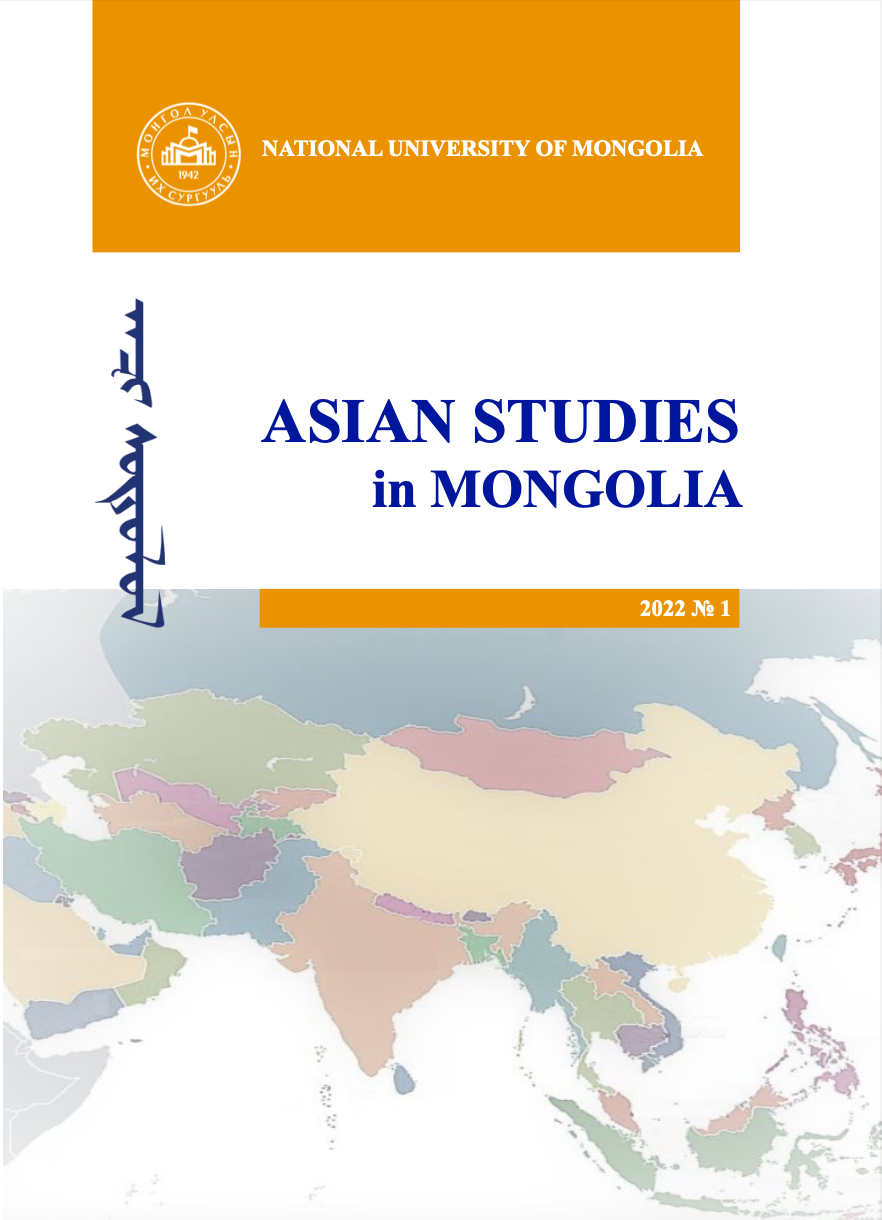Some issues of Mongolian and Japanese higher education
DOI:
https://doi.org/10.22353/asinmongolia.v1i1.963Abstract
Since the 1990s, the weak government has led to increased private sector activity in Mongolia. Many private universities have been established and the number of students has increased by 7-10 times. There was a lack of quality assurance in education. So a new higher education law was enacted in 1995, which provided for quality. Accreditation and credit hours were established to improve quality. The Ministry of Education, Culture, and Sport of Mongolia implemented Higher education reform project, in 2012. In Japan, gender differences are still observed in most areas of education and in the labor market. In particular, the proportion of women in first-time tertiary education (university graduates) is low. Three out of four young people in Japan have a tertiary education (usually a short-term or bachelor's degree). Japanese university students have to pay high tuition fees, and few students receive formal assistance. Japan has one of the highest rates of higher education in the world.





